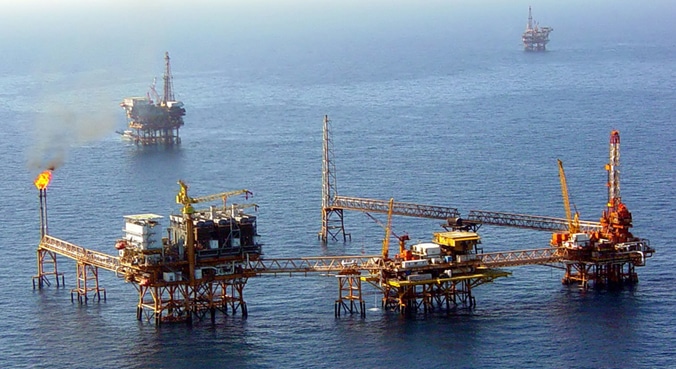Hempel has launched two new advanced coatings specifically developed to protect the vulnerable “splash zone” areas of offshore structures.
Hempadur Multistrength 35840 and 35842 are Hempel’s new coatings that will revolutionise the way the “splash zone” is protected. Unlike conventional coatings, these two products are almost solvent-free and contain a much higher percentage of reactive diluents instead of conventional solvents to create superior cross-linking properties (a chemical reaction that helps harden the coating). This significantly enhances their resistance to corrosion. In addition, the coatings are reinforced with overlapping glass flakes to further enhance their water resistance and strengthen them against physical impact. Their high solids ratio (99 percent) and low VOC (volatile organic compound) content makes them significantly kinder to the environment than conventional coatings.
Thinning a coating often increases the potential for solvent entrapment and can result in poor appearance and sagging. To avoid this common problem, Hempadur Multistrength is available in two variations – 35840 and 35842 – giving customers a choice of splash zone products that offer identical performance but at different film thicknesses.
Simon Daly, Hempel’s Oil & Gas Segment Manager commented: “Prolonging the life of an offshore asset and reducing maintenance costs are key requirements for many of our customers. Longer life also results in not having to put maintenance painting personnel in potentially hazardous situations. There are many products that have been developed to protect the splash zone but we are bringing a different technology approach to the market that delivers enhanced protection with minimal environmental impact. Our products are easy to apply and hardness develops quickly during the curing process which allows for quicker handling – this makes them ideally suited to pre-fabricated items.”
Hempadur Multistrength 35840/2 have both been pre-qualified to NORSOK M-501 System 7A and 7B; including extensive testing to ISO 20340: 2009 for a variety of relevant corrosion categories.

